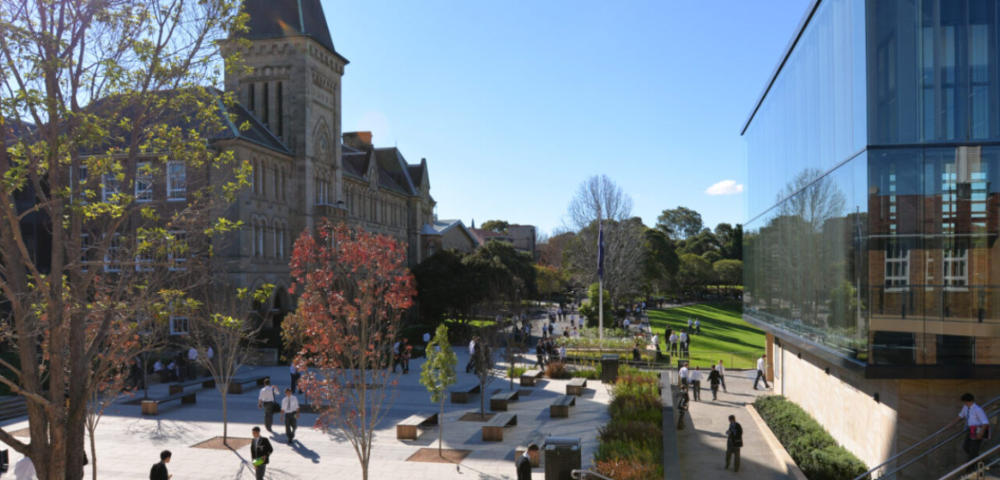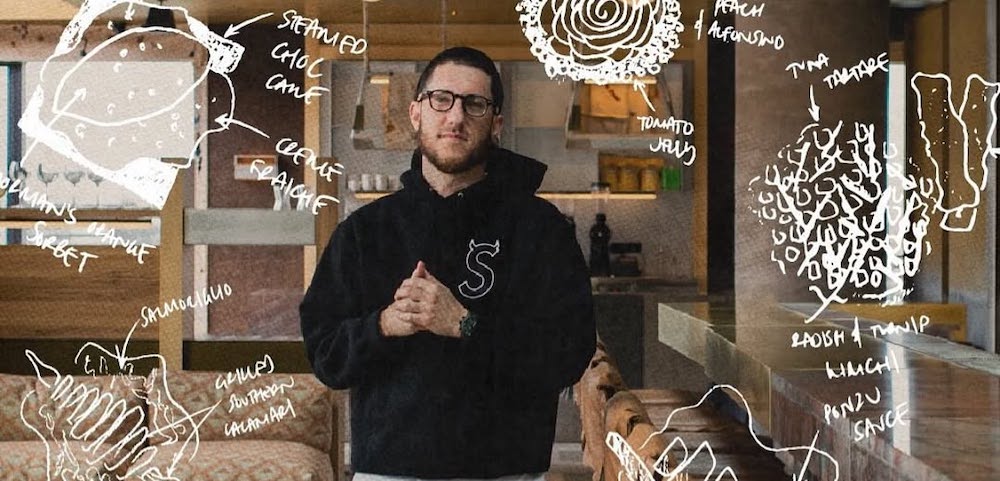
Greyhound adoption rises ahead of racing industry ban
BY OLIVIA STANLEY
Public interest in Greyhound adoption is surging following the state government’s decision to the shut down the industry from 1 July next year.
Greyhound Rescue is just one of many groups around the state trying to re-home dogs no longer wanted by the industry.
Representatives of the re-homing service hosted a rescue adoption day at Annandale’s PetO on Sunday.
Nat Panzarino, part of the organisation, said the ban has raised awareness for the animals’ welfare.
“Now that there has been a lot more media coverage and a lot more interest, we’ve seen a huge uptick in the number of application forms that we’ve been receiving,” she said.
However, the fate of many of the dogs is in doubt, despite the Baird government’s ‘transition plan’ for the 6,800 greyhounds currently registered to race.
Greyhound Rescue are “always operating at full capacity”, Nat said, and other services like it are similarly stretched.
“As soon as we adopt one dog out, we get another dog in. There’s a waiting list of trainers who want us to take their dogs.”
The service manages to re-home between 150 and 200 Greyhounds annually and is the largest organisation in NSW. However, a special commission reported last month that up to 68,000 have been killed in the past twelve years.
One dog fortunate enough to escape that statistic is Albert, a Greyhound taken in by Jessica Andrews and Joey Clark earlier this year.
A successful racer in his earlier days, Albert now enjoys the homely life.
“It’s really brightened our lives – he’s just such a sweetie,” said Jessica, who also visited the rescue adoption day on Sunday.
Contrary to popular demand, Greyhounds are promoted as docile, family-friendly pets that don’t require excessive amounts of exercise.
Jessica says one lap around the block each day is more than enough walking for Albert, who she says has won around $60,000 prize money in his racing career.
“They’re very chill, they don’t need a lot of stimulation, they don’t need big walks, and they’re fine on their own.”









